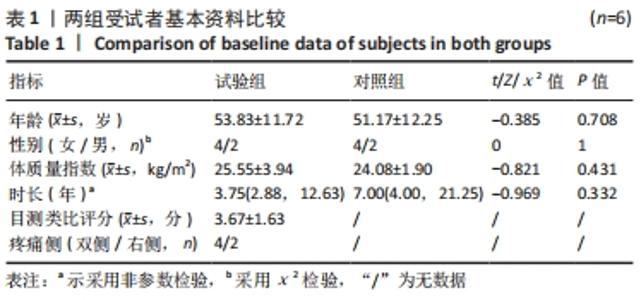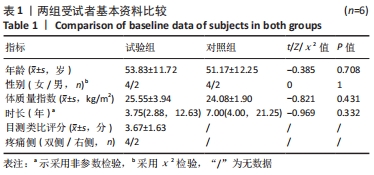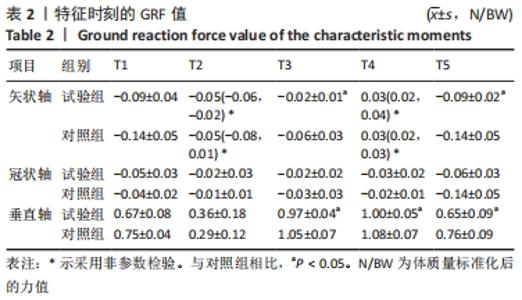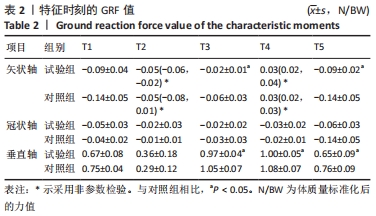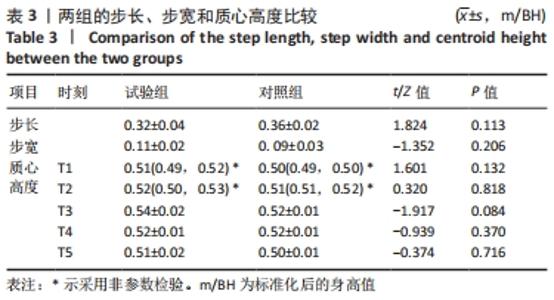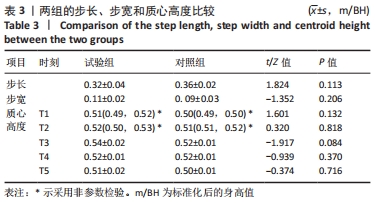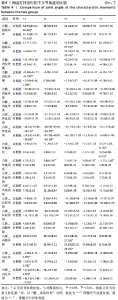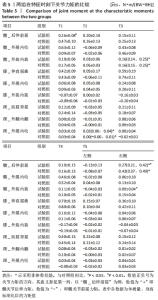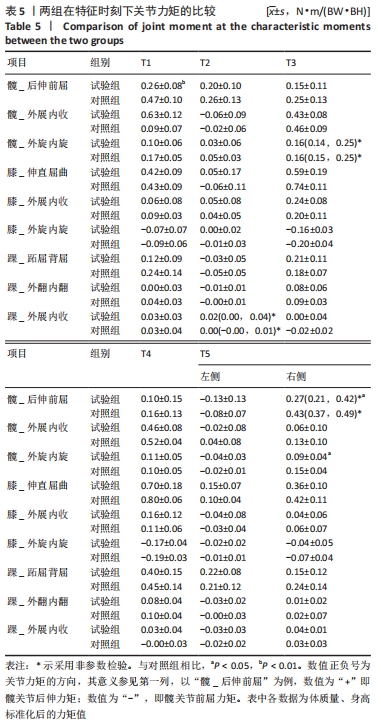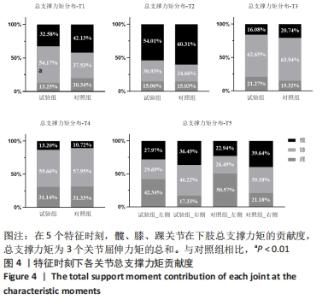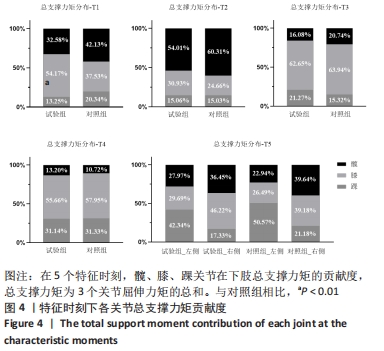[1] LAN C, CHEN SY, LAI JS. Relative exercise intensity of Tai Chi Chuan is similar in different ages and gender. Am J Chin Med. 2004;32(1):151-160.
[2] LI JX, LAW N. Kinetics of the lower limb during two typical Tai Chi movements in the elderly. Res Sports Med. 2017;26(1):112-123.
[3] YANG F, LIU W. Biomechanical mechanism of Tai-Chi gait for preventing falls: A pilot study. J Biomech. 2020;105:109769.
[4] YANG F, LIU W. Individual analysis of dynamic stability for twenty-four Tai Chi forms among persons with knee osteoarthritis: A pilot study. Gait Posture. 2021;86:22-26.
[5] YU X, JIN X, LU Y, et al. Effects of body weight Support-Tai Chi footwork training on balance control and walking function in stroke survivors with hemiplegia: A pilot randomized controlled trial. Evid-Based Compl Alt. 2020;2020:9218078.
[6] QIN J, CHEN Y, GUO S, et al. Effect of tai chi on quality of life, body mass index, and Waist-Hip ratio in patients with type 2 diabetes mellitus: A systematic review and Meta-Analysis. Front Endocrinol. 2021;11:543627.
[7] LI F, HARMER P, FITZGERALD K, et al. Tai Chi and postural stability in patients with parkinson’s disease. New Engl J Med. 2012;366(6):511-519.
[8] HU L, WANG Y, LIU X, et al. Tai Chi exercise can ameliorate physical and mental health of patients with knee osteoarthritis: Systematic review and meta-analysis. Clin Rehabil. 2021;35(1):64-79.
[9] 朱东,李立,邱丕相,等. 上海市区太极拳练习者膝关节疼痛调查分析[J]. 中国运动医学杂志,2011,30(9):820-824.
[10] 侯来永,贺春,王思远,等. 太极拳练习者膝关节疼痛调查研究[J]. 中国康复医学杂志,2017,32(5):554-559.
[11] 朱雅敏. 太极拳运动中膝关节损伤机制和预防[J]. 体育与科学, 2002,23(2):59-60.
[12] 陶萍,于璐. 太极拳基础动作“野马分鬃”膝关节运动学、关节负荷及肌肉活动的特征比较[J]. 体育科学,2014,34(9):49-55.
[13] LIU W, KOVALESKI JE, KEPPLE TM, et al. Does T’ai Chi gait reduce external knee adduction moment? J Altern Complem Med. 2016; 22(10):818-823.
[14] ZHU Q, ZHOU X, ZHANG S, et al. Joint angles and joint moments of the lower limbs in four typical Tai Chi movements: Consideration for management of knee osteoarthritis. Res Sports Med. 2021;29(6):586-592.
[15] LI Y, WANG K, WANG L, et al. Biomechanical analysis of the meniscus and cartilage of the knee during a typical Tai Chi movement-brush-knee and twist-step. Math Biosci Eng. 2019;16(2):898-908.
[16] 毛敏,马刚,权琳琳,等. 太极拳搂膝拗步动作的下肢动态稳度、关节运动及肌电活动规律特征分析[J]. 山东体育学院学报,2021, 37(3):24-30.
[17] LAW N, LI JX. The temporospatial and kinematic characteristics of typical Tai Chi movements: Repulse monkey and wave-hand in cloud. Res Sports Med. 2014;22(2):111-123.
[18] 陶萍,刘云发. 太极拳“野马分鬃”正误动作的膝关节动力学特征[J]. 上海体育学院学报,2016,40(6):84-90.
[19] 宋和胜,钱竞光. 太极拳右“野马分鬃”正误动作中伸、屈膝肌肌力特征的计算机仿真分析[J]. 中国康复医学杂志,2020,35(5):566-574.
[20] FUKUI T, UEDA Y, KAMIJO F. Ankle, knee, and hip joint contribution to body support during gait. J Phys Ther Sci. 2016;28(10):2834-2837.
[21] TAJIMA T, TATEUCHI H, KOYAMA Y, et al. Gait strategies to reduce the dynamic joint load in the lower limbs during a loading response in young healthy adults. Hum Movement Sci. 2018;58:260-267.
[22] VALLABHAJOSULA S, ROBERTS BL, HASS CJ. Tai chi intervention improves dynamic postural control during gait initiation in older adults: A pilot study. J Appl Biomech. 2014;30(6):697-706.
[23] CAPPOZZO A, CATANI F, DELLA CROCE U, et al. Position and orientation in space of bones during movement: Anatomical frame definition and determination. Clin Biomech. 1995;10(4):171-178.
[24] SINT J. Color atlas of skeletal landmark definitions. Elsevier Science Health Science div, 2007.
[25] HONG Y, LI JX. Biomechanics of Tai Chi: A review. Sports Biomech. 2007; 6(3):453-464.
[26] WU G, HITT J. Ground contact characteristics of Tai Chi gait. Gait Posture. 2005;22(1):32-39.
[27] AMBONI M, IUPPARIELLO L, IAVARONE A, et al. Step length predicts executive dysfunction in Parkinson’s disease: A 3-year prospective study. J Neurol. 2018;265(10):2211-2220.
[28] WILLY RW, BIGELOW MA, KOLESAR A, et al. Knee contact forces and lower extremity support moments during running in young individuals post-partial meniscectomy. Knee Surg Sport Tr A. 2017;25(1):115-122.
[29] PETRELLA M, SERRÃO P, SELISTRE L, et al. Individual joint contributions to the total support moment during the sit-to-stand task differentiate mild and moderate knee osteoarthritis. Clin Biomech. 2019;70:52-58.
[30] BURKE DT, AL-ADAWI S, LEE YT, et al. Martial arts as sport and therapy. J Sport Med Phys Fit. 2007;47(1):96-102.
[31] CHAN SP. Kinematic and electromyographic analysis of the push movement in Tai Chi. Brit J Sport Med. 2003;37(4):339-344.
[32] COSTELLO KE, FELSON DT, NEOGI T, et al. Ground reaction force patterns in knees with and without radiographic osteoarthritis and pain: Descriptive analyses of a large cohort (the Multicenter Osteoarthritis Study). Osteoarthr Cartilage. 2021;29(8):1138-1146.
[33] HENRIKSEN M, GRAVEN-NIELSEN T, AABOE J, et al. Gait changes in patients with knee osteoarthritis are replicated by experimental knee pain. Arthrit Care Res. 2010;62(4):501-509.
[34] FARROKHI S, CHEN YF, PIVA SR, et al. The influence of knee pain location on symptoms, functional status, and knee-related quality of life in older adults with chronic knee pain: Data from the osteoarthritis initiative. Clin J Pain. 2016;32(6):463-470.
[35] WINTER DA. Overall principle of lower limb support during stance phase of gait. J Biomech. 1980;13(11):923-927.
[36] FLANAGAN SP, SALEM GP. The validity of summing lower extremity individual joint kinetic measures. J Appl Biomech. 2005;21(2):181-188.
[37] DUAN J, WANG K, CHANG T, et al. Tai Chi is safe and effective for the hip joint: A biomechanical perspective. J Aging Phys Activ. 2020;28(3): 415-425.
[38] 王会会, 纪仲秋, 张子华, 等. 24式太极拳典型动作的下肢生物力学特征[J]. 成都体育学院学报,2019,45(6):111-119.
[39] PETERSEN W, ELLERMANN A, GÖSELE-KOPPENBURG A, et al. Patellofemoral pain syndrome. Knee Surg Sport Tr A. 2014;22(10): 2264-2274.
[40] LERNER ZF, DEMERS MS, DELP SL, et al. How tibiofemoral alignment and contact locations affect predictions of medial and lateral tibiofemoral contact forces. J Biomech. 2015;48(4):644-650.
[41] 李光昭. 以拳证道[M]. 北京:华夏出版社,2014:167.
[42] BARRIOS JA, DAVIS IS, HIGGINSON JS, et al. Lower extremity walking mechanics of young individuals with asymptomatic varus knee alignment. J Orthop Res. 2009;27(11):1414-1419.
|


